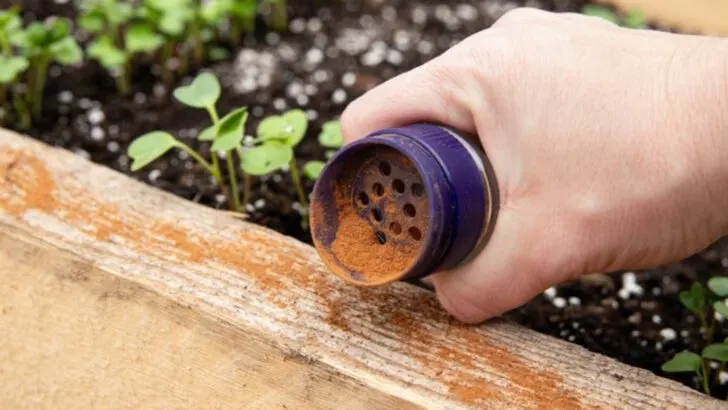The internet is full of gardening “hacks” that promise lush plants, pest-free veggies, and blooms bigger than your head—all with things like bananas, baking soda, or leftover coffee. But let’s be honest: not all of them actually work. Some are just messy. Others do nothing. And a few might even harm your plants.
So we tested them. We got our hands dirty (literally), tried them in real gardens, and separated the fails from the real game-changers. From TikTok tricks that flopped to old-school grandma advice that still holds up, this list breaks down what’s worth your time—and what to skip.
Whether you’re a curious beginner or a seasoned green thumb tired of falling for online fluff, these are the 7 “hacks” to leave behind and the 9 that will actually make your garden better today. Let’s cut through the compost and get to what works.
Eggshells as Pest Control
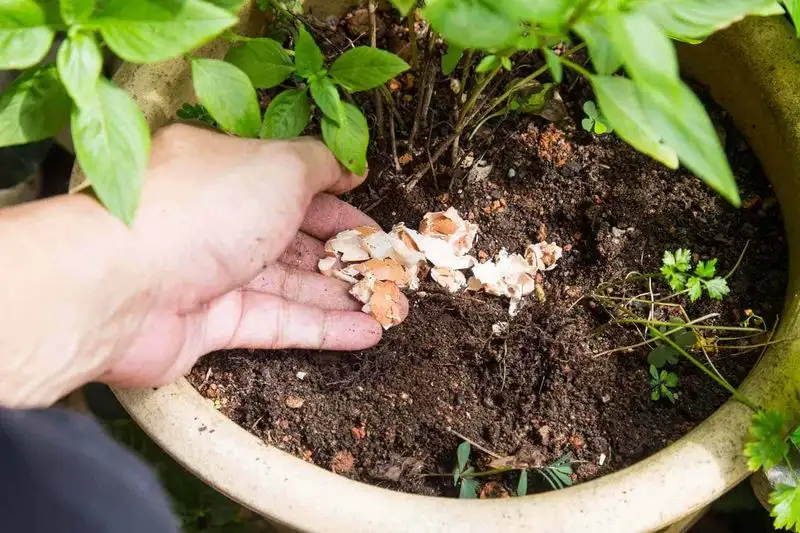
Crushed eggshells are often touted as a natural pest deterrent, especially against slugs and snails. The idea is that sharp edges will deter these soft-bodied critters. However, most gardeners find that eggshells break down too quickly to be effective. Additionally, many pests simply slither over them without much trouble. While eggshells can add calcium to the soil, as pest control, they fall short. A more reliable solution is to use diatomaceous earth or organic slug repellents. Many find composting eggshells more beneficial, as it enriches the soil over time.
Coffee Grounds for Acid-Loving Plants
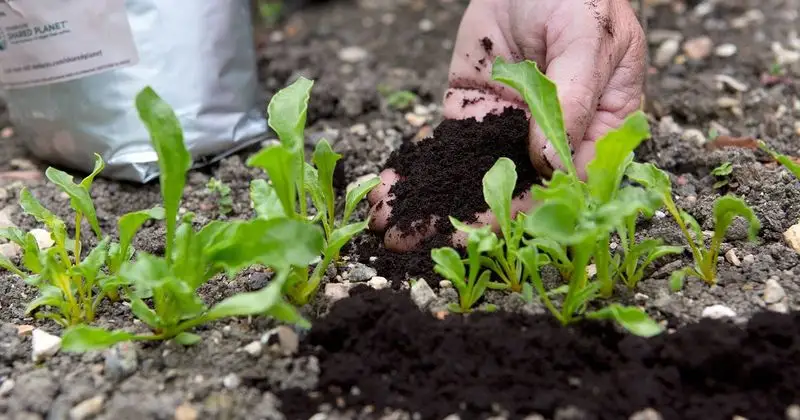
Sprinkling coffee grounds around acid-loving plants like azaleas and blueberries is believed to lower soil pH. While coffee grounds are slightly acidic, they are unlikely to alter the soil pH significantly. The grounds’ acidity diminishes as they decompose. Moreover, using too much can compact the soil, hindering water drainage. Some gardeners find success when composting them with other organic materials. For a noticeable impact, using specialized soil acidifiers is more effective. However, coffee grounds do offer benefits as a nitrogen-rich addition to the compost pile.
Baking Soda for Sweeter Tomatoes
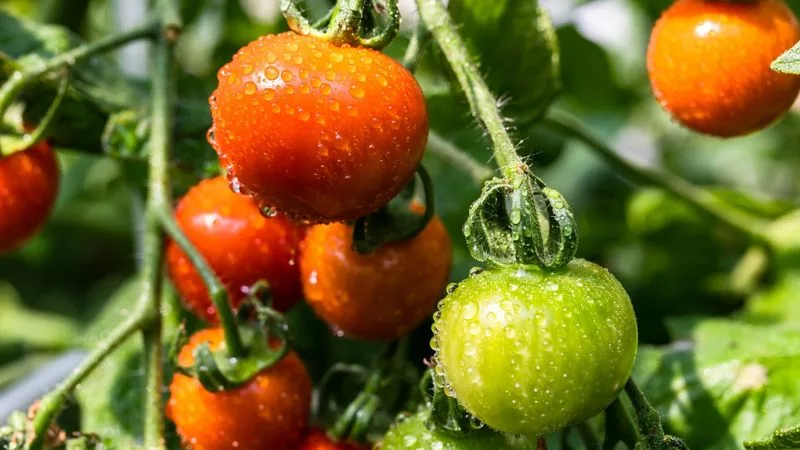
The idea of using baking soda to sweeten tomatoes has circulated for years. The concept is that it reduces soil acidity, making tomatoes taste sweeter. However, most gardening experts agree that the sweetness of tomatoes depends more on the variety and growing conditions than soil pH. Baking soda’s effect is minimal, and overuse can harm plants by altering the soil balance. If sweeter tomatoes are your goal, focus on choosing high-sugar varieties and ensuring they receive plenty of sunlight and proper watering.
Banana Peels as Fertilizer
Banana peels are often heralded as a great natural fertilizer due to their high potassium content. While they do offer nutrients, the decomposition process is slow, taking weeks or even months. Many find that simply tossing peels directly into the garden doesn’t yield quick results. Composting banana peels with other organic materials speeds up nutrient release, making them more readily available to plants. For those seeking immediate results, using a balanced commercial fertilizer might be a more practical choice.
Epsom Salt for Plant Growth
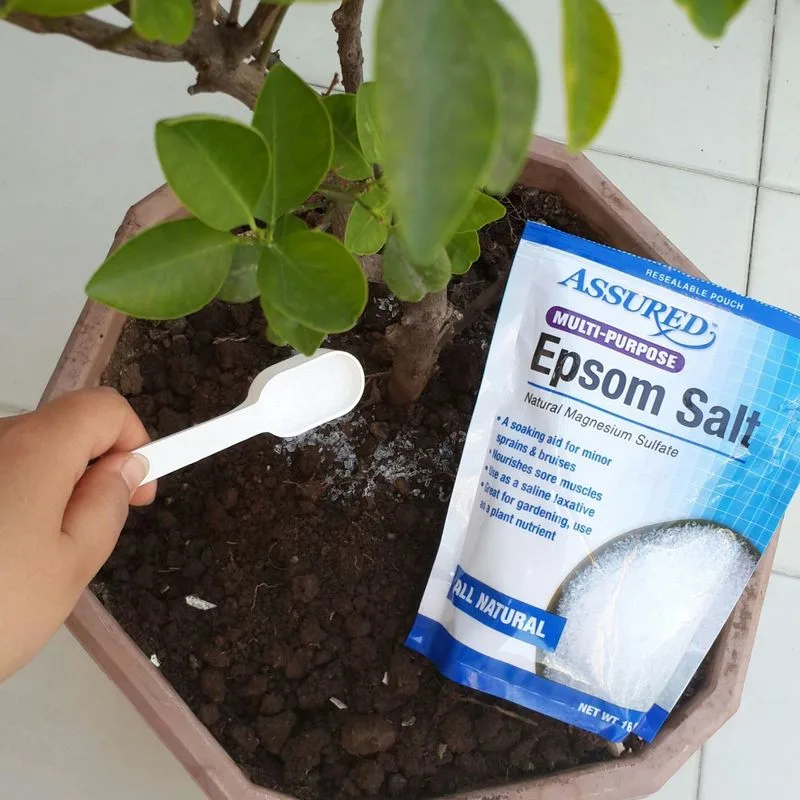
Epsom salt is often recommended to promote plant growth, especially for tomatoes and peppers, due to its magnesium content. While magnesium is essential for plants, most soils already contain sufficient levels. Excessive use can lead to nutrient imbalances, harming rather than helping plants. For targeted magnesium deficiencies, soil testing is recommended. Most gardeners find that regular composting provides necessary nutrients without the risk of over-application. When used judiciously, Epsom salt can benefit magnesium-deficient plants, though it’s not a universal solution for growth issues.
Cinnamon as Ant Repellent
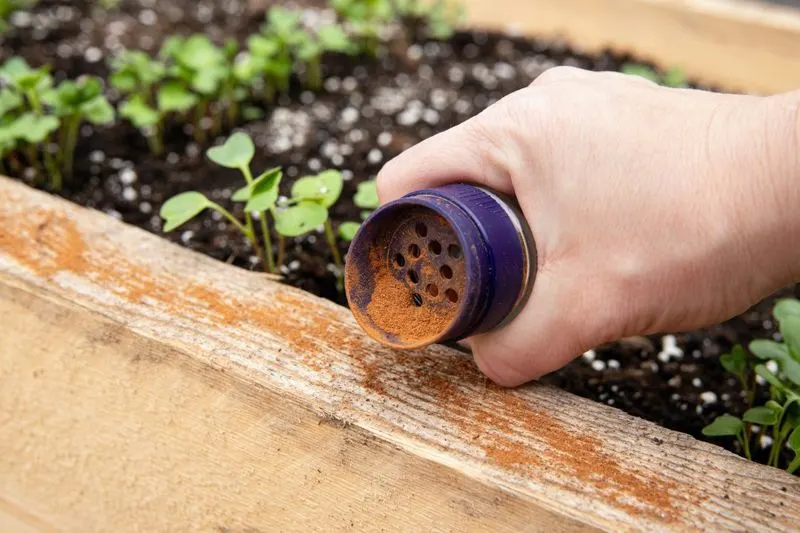
Cinnamon is often suggested as a natural ant repellent, with claims that the strong scent deters these insects. While cinnamon can disrupt ant trails, it doesn’t address the root of the problem. Ants often return, finding alternative paths. For more effective control, consider using borax-based solutions or diatomaceous earth. However, cinnamon can be beneficial in promoting seedling health, as it’s known for its antifungal properties. Sprinkling a small amount on seedlings helps prevent damping-off disease, offering an unexpected advantage to this common kitchen spice.
Dish Soap as Insecticide
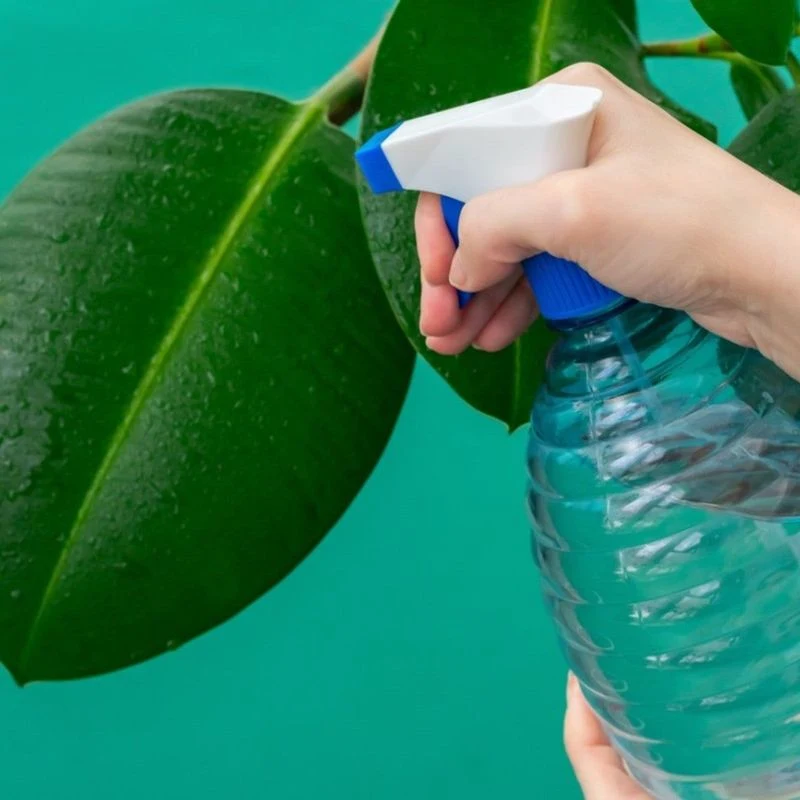
Using dish soap as an insecticide is a widely shared hack for controlling pests like aphids. While it can be effective in small doses, dish soap isn’t a long-term solution. The soap can strip leaves of protective oils, leading to damage and susceptibility to disease if overused. Many gardeners prefer insecticidal soap, specifically designed for plants, offering a safer alternative. For occasional use, a mild dish soap solution can help, but caution is advised to avoid harming delicate plants or beneficial insects.
Vinegar as Weed Killer
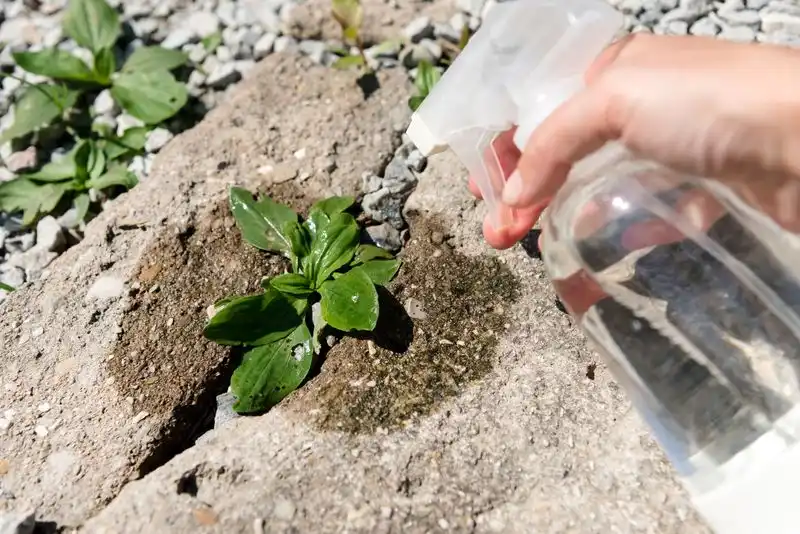
Vinegar is often recommended as a natural weed killer due to its acetic acid content. While it can kill young weeds by drying them out, its effects are temporary. Vinegar doesn’t penetrate to kill roots, meaning weeds can quickly regrow. For better results, many gardeners use it as a quick fix for visible weeds while employing mulch or landscaping fabric for long-term control. Vinegar should be used sparingly, as overuse can alter soil pH, affecting nearby plants negatively.
Companion Planting for Pest Control
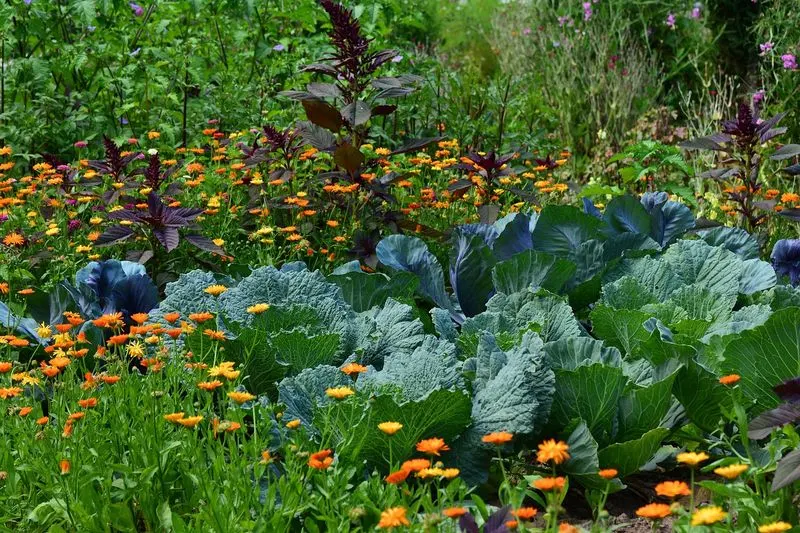
Companion planting is a trusted technique where certain plants are grown together to deter pests and enhance growth. For instance, marigolds are known to repel nematodes, while basil can deter tomato hornworms. Unlike many other hacks, this practice has historical roots and scientific backing. By carefully selecting plant pairs, gardeners can naturally reduce pests and improve yields. However, it’s important to research specific plant combinations and avoid overcrowding. Many find that companion planting simplifies pest management without the need for chemical solutions.
Mulching for Moisture Retention
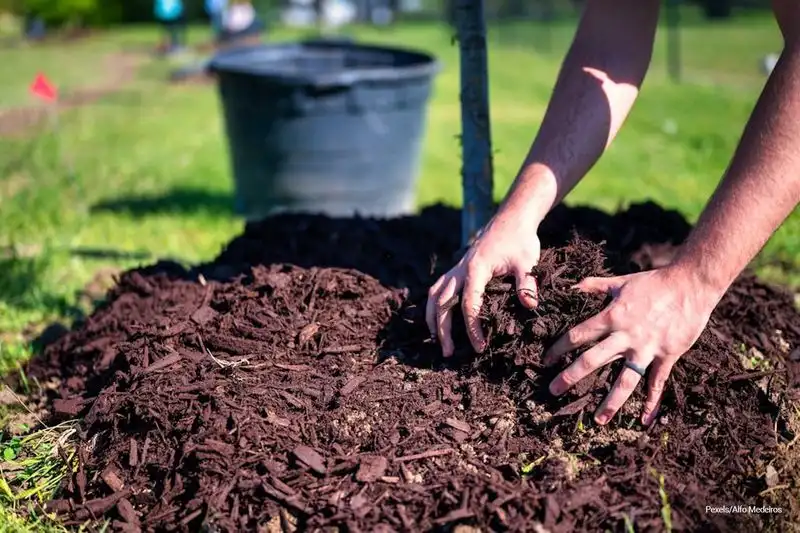
Mulching is a well-established method to conserve soil moisture and reduce weed growth. By covering the soil with materials like straw or wood chips, gardeners create a barrier that slows evaporation and blocks light to weeds. Many appreciate its dual benefit in enhancing soil structure as mulch decomposes. Choosing the right mulch type is crucial, as some can attract pests or alter soil pH. For most, mulching is an indispensable gardening practice that simplifies maintenance and promotes healthier plants.
Rainwater Harvesting for Watering
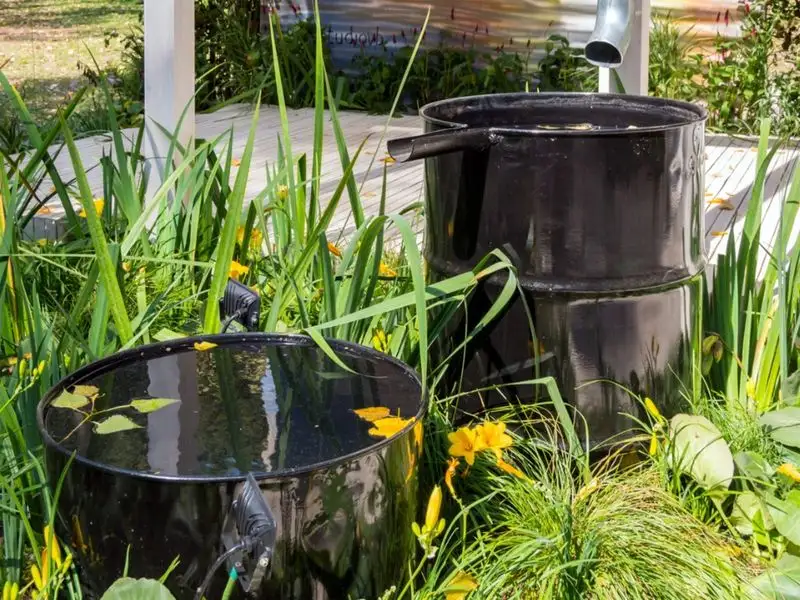
Collecting rainwater is an eco-friendly method to water gardens, especially during dry spells. By using rain barrels or similar systems, gardeners can reduce water bills and environmental impact. Many find rainwater beneficial due to its natural composition, free of chlorine and other chemicals. However, it’s important to ensure systems are properly maintained to prevent mosquito breeding and contamination. With minimal setup, rainwater harvesting offers a sustainable watering solution embraced by environmentally conscious gardeners.
Composting for Soil Enrichment
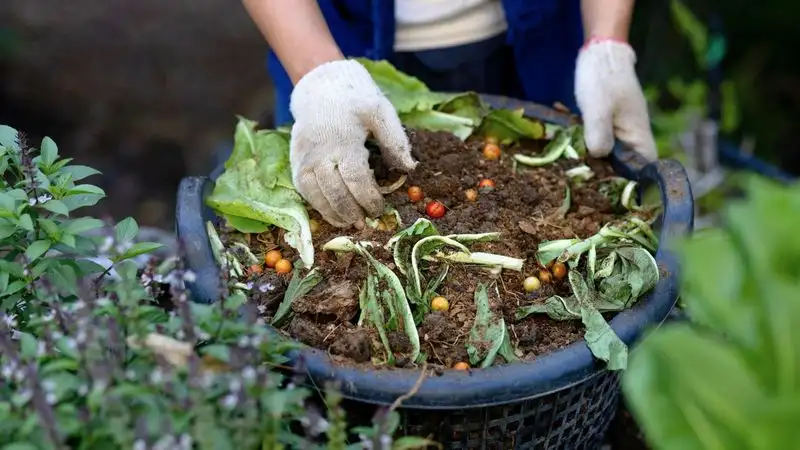
Composting is the art of transforming kitchen scraps and yard waste into nutrient-rich soil. This practice not only reduces waste but also enhances soil fertility. Many gardeners find it satisfying to know exactly what goes into their compost, ensuring a chemical-free result. It’s important to balance green and brown materials to speed up decomposition. While it requires patience, the payoff is a superior soil amendment that supports robust plant growth. Composting turns everyday waste into gardening gold, appealing to both novices and experts alike.
Using Raised Beds for Better Drainage
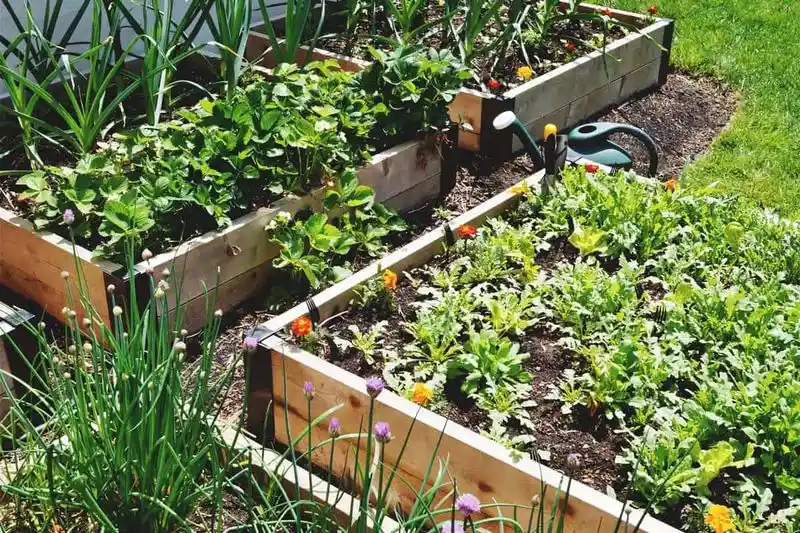
Raised beds offer an excellent solution for gardeners dealing with poor soil or drainage issues. By elevating the garden, soil compaction is reduced, and drainage is improved, providing optimal growing conditions. Many appreciate the ability to control soil quality, tailoring it to their plants’ specific needs. Constructed from various materials, raised beds can also enhance garden aesthetics. While building them requires some effort, the benefits in terms of plant health and ease of access make them a popular choice for committed gardeners.
Drip Irrigation for Efficient Watering
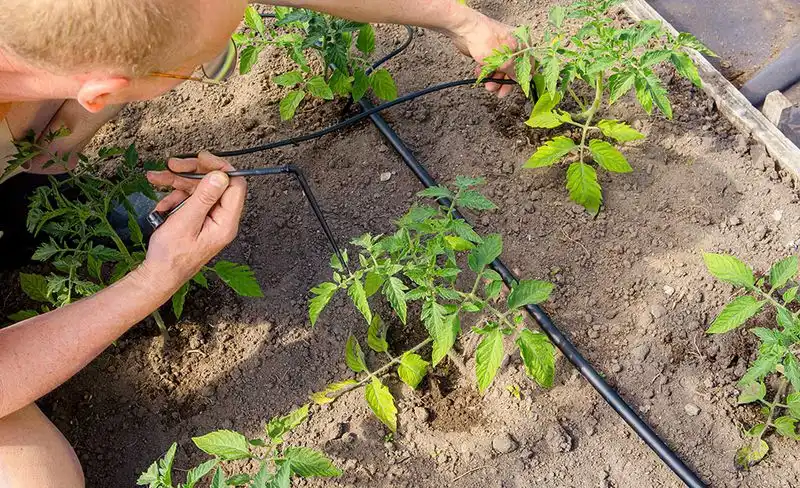
Drip irrigation is a precise watering method that delivers water directly to plant roots. Many gardeners favor this system for its efficiency, significantly reducing water waste compared to traditional watering methods. By automating the watering process, this technique ensures plants receive consistent moisture without overwatering. While initial setup can be costly, the long-term savings in water bills and improved plant health often justify the investment. Drip irrigation is particularly beneficial in arid regions, where water conservation is essential.
Incorporating Native Plants for Low-Maintenance Gardens
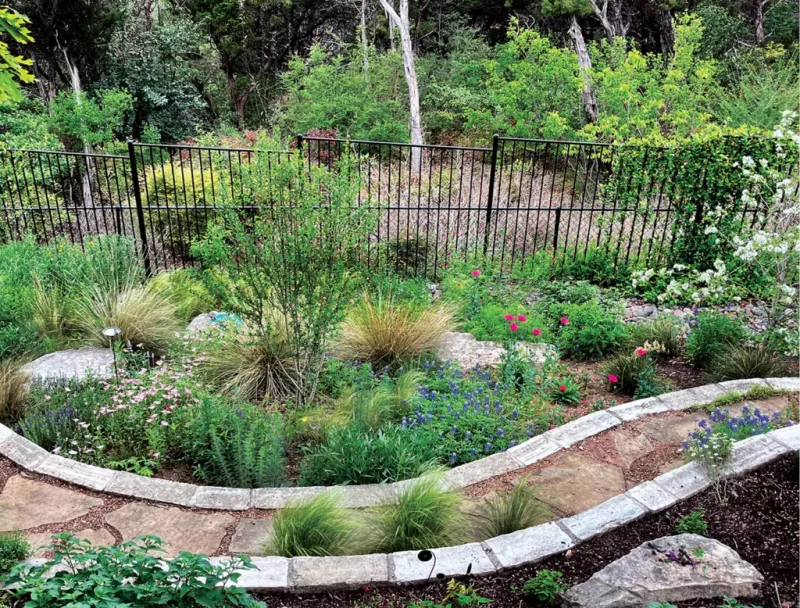
Incorporating native plants is a wise choice for gardeners seeking low-maintenance landscapes. Native species are adapted to local climates, requiring less water and care than non-native counterparts. Many find these plants attract beneficial wildlife, supporting local ecosystems. By reducing the need for fertilizers and pesticides, native gardens offer a sustainable solution for environmentally conscious gardeners. While selecting native plants requires research, the rewards in terms of reduced upkeep and wildlife support make it a compelling option for any garden.
Vertical Gardening for Space Efficiency
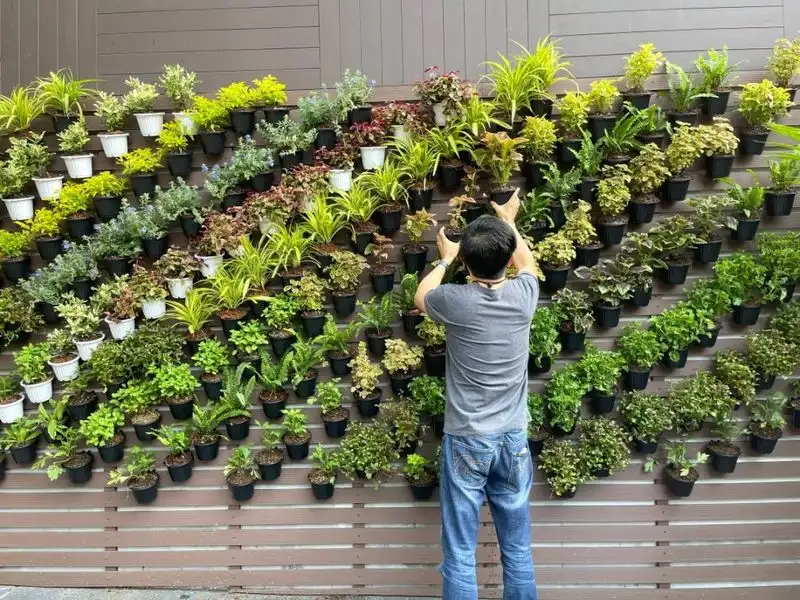
Vertical gardening is a space-saving technique perfect for urban dwellers with limited room. By growing plants upwards, gardeners can maximize available space, creating lush environments even in compact areas. Many appreciate the visual appeal and practicality of vertical setups, which often include trellises or wall-mounted planters. Although initially challenging to set up, vertical gardens offer an innovative solution for small spaces. With proper plant selection and care, this method can transform balconies and small yards into productive green zones, offering fresh produce year-round.

